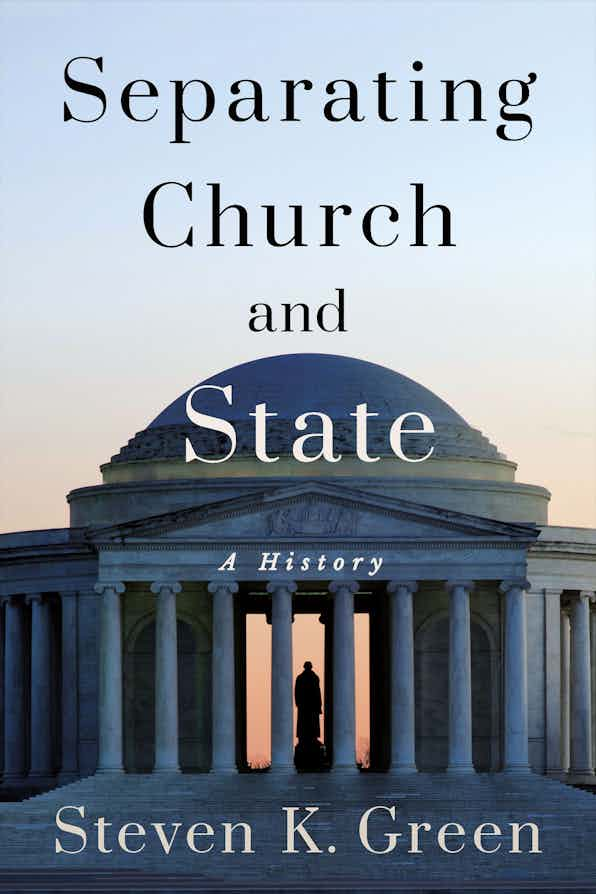Religion & Politics: You write that the concept of church-state separation appears to be “on the ropes” under the Roberts Court. How so?
Steven K. Green: As a historian and a lawyer, one thing that I have found very curious is just how often the conservative members of the Supreme Court now criticize the idea of church-state separation, an idea that the Court did not create but has adopted and embraced ever since a unanimous decision back in 1947. The hostility that we are seeing from these justices seems to reflect a perspective that separation has somehow been forced upon the Court. Justice Thomas has been very critical and, as recently as January, Justice Gorsuch has referred in passing to the “so-called” separation of church and state. It’s very strange, because this is a principle that the Court has roundly endorsed over the years, but now they act like it’s an alien concept. The purpose of this book is not necessarily to get into a debate about the merits of separation, but rather to explore the bona fides of the principle as well as why it has become controversial.
R&P: What’s the origin story of church-state separation? Is it traceable directly to the Constitutional Convention, or only as far back as the Warren Court?
SKG: In this book I am very interested in the historical pedigree of the concept, and how it has evolved over time. I therefore open with some attention to the western Christian origins, dating back to the Middle Ages, when the Catholic Church was trying to free itself from the control of the Holy Roman Empire and so drew a line in the sand. St. Augustine wrote about the two cities separated by a wall, the one temporal and the other sacred. So, the concept goes back to the Church doctrine of separate spheres of influence. Later it acquired an Enlightenment strain. In each case it predates the colonies, and it certainly predates the Constitution. Now, there was nothing in the Constitution initially that dealt with religious issues except for the “no religious test clause” that was put into Article 6. Separation of church and state wasn’t really debated during the Constitutional Convention, though it would come up two years later with the drafting of the First Amendment. Even then, the phrase was not explicitly used.
